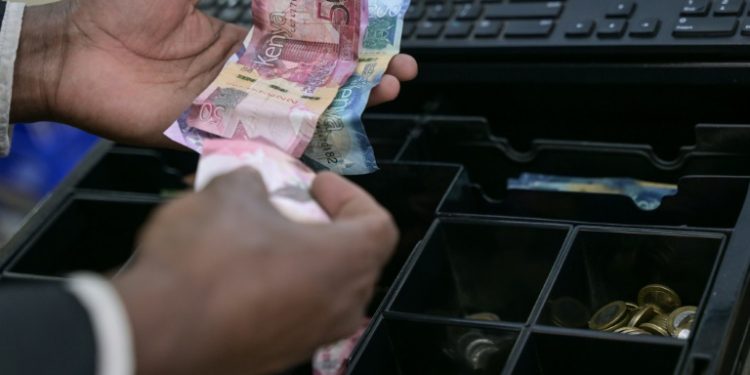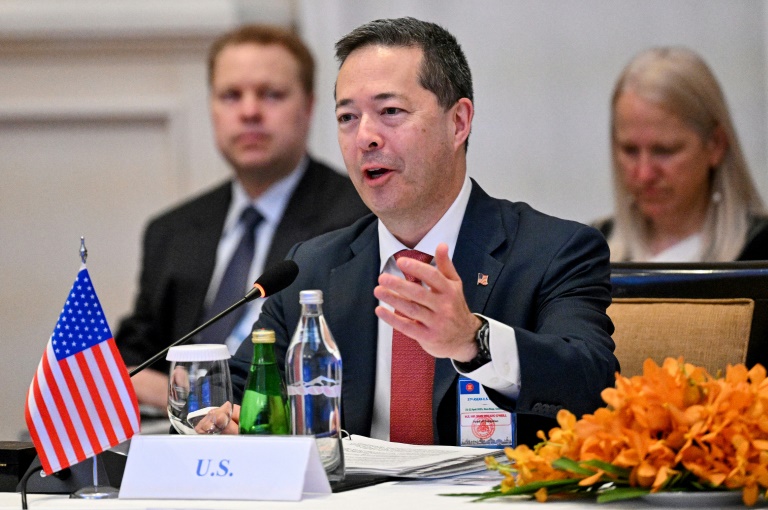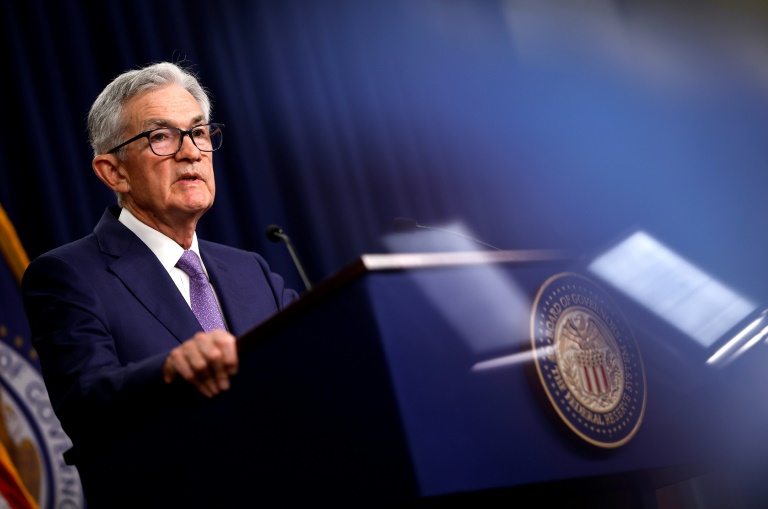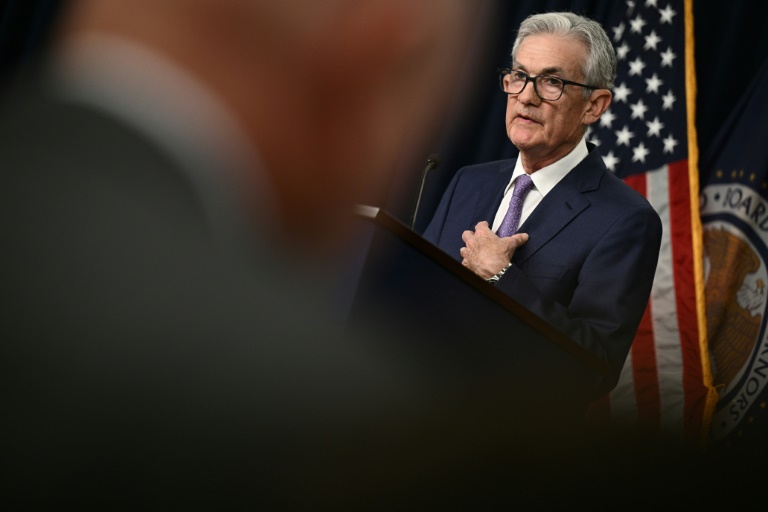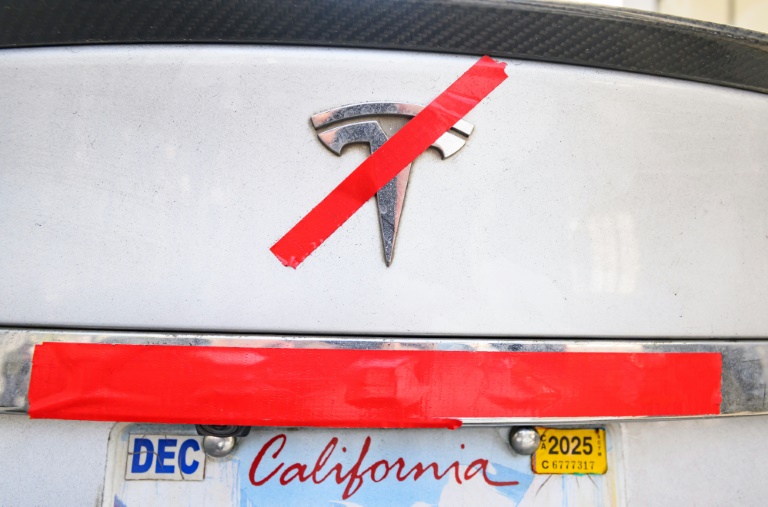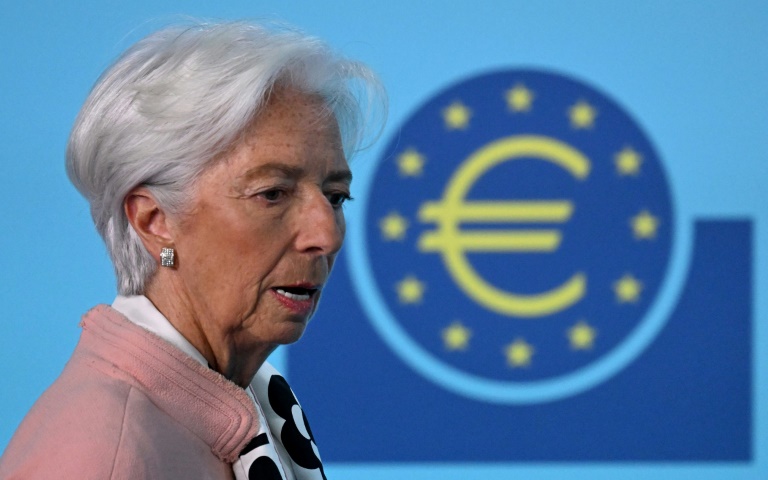Nairobi (AFP) – Moody’s has downgraded Kenya’s debt rating further into junk territory and warned the outlook was negative after a wave of protests led the government to abandon proposed tax hikes.
President William Ruto, facing the most serious crisis of his near two-year term, has announced a series of actions trying to placate Kenyans — including scrapping a finance bill, proposing fresh cuts to help the country reduce its debt burden, and suggesting a multi-sector dialogue next week.
The moves come after widespread demonstrations led by young Gen-Z against the tax increases that threatened to add to the economic hardship of people already gripped by a cost of living crisis.
The US-based ratings agency said in a statement on Monday it was cutting the ratings for Kenyan government debt by one level to Caa1 — considered to have “very high credit risk”.
The new rating, and Moody’s negative outlook for the country, are likely to further increase borrowing costs for the cash-strapped government.
– ‘Debt distress’ –
Moody’s said the downgrade reflected the “significantly diminished capacity” of one of the largest economies in East Africa to raise taxes and reduce debt.
It said the decision to pursue cuts rather than planned tax increases represented a significant policy shift, and given the context of “heightened social tensions” they did not expect Nairobi to be able to introduce “significant revenue-raising measures in the foreseeable future.”
On Tuesday, Ruto defended the government’s financial strategy, saying it was designed to “pull the country back from the danger of debt distress, and set us on a path of economic transformation”.
His administration has been under pressure from the International Monetary Fund, which has called for fiscal reforms in order to access crucial funding.
But Ruto announced on June 26 that he was withdrawing the finance bill that was aimed at raising a further $2.7 billion after the largely peaceful rallies over the tax hikes degenerated into deadly violence.
At least 39 people have been killed since the demonstrations began on June 18, according to the national rights commission.
While the rallies have eased, the protest action has widened into a campaign against perceived state extravagance and corruption, alongside calls for Ruto to go.
Last Friday, the president said his administration had to compensate for the lack of the extra tax revenue, announcing budget cuts of 177 billion shillings ($1.4 billion) and additional borrowing of around 169 billion shillings.
He said Tuesday that the country needed to address priority issues including its debt mountain, public spending and anti-corruption measures.
Kenya’s public debt already amounts to some 10 trillion shillings, around 70 percent of gross domestic product.
The Kenya Revenue Authority announced on Monday that it had collected 2.4 trillion shillings in the financial year ended June 30, a rise of more than 11 percent over the previous year, but 4.5 percent below target.
Despite the unrest, the Kenyan shilling has remained largely stable, hovering at around 128 to the dollar after plunging to a record low of more than 160 in January.
In another move aimed at placating his critics, Ruto announced a six-day dialogue forum from July 15, inviting representatives from political parties, religious groups, civil society, employers, and youth to apply.
Prior to that move, he also agreed to establish a panel to appoint members of the Independent Electoral and Boundaries Commission.
The body found itself at the heart of a fierce dispute over the outcome of the 2022 election that brought Ruto to power when some of its commissioners disowned the results.
© 2024 AFP

